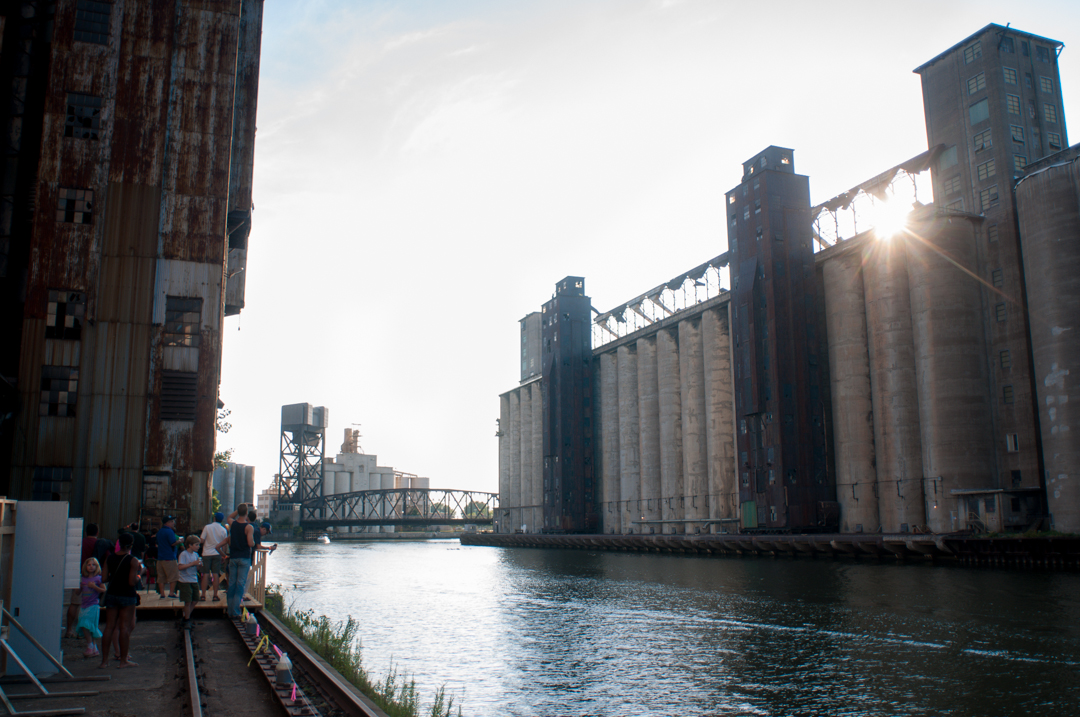
She is co-author of the Bioclimatic Ceramic Assemblies series. Her research explores biophilic and bioclimatic applications of ceramic systems tied to the resilience, up-cycleable nature, thermodynamic qualities, and inherent formal and material plasticity of the material.

Her Terracotta Grotto installation commingles inside with outside and presents geometry without repetition. By nurturing change and combining historical awareness with contemporary innovation, the design offers stimulus for underserved communities, fills an essential link within greater regional green networks, and provides a catalyst to the rejuvenation of downtown Buffalo.Associate Professor Laura Garófalo focuses on the flow of materials and ecology in architecture. Our design defines and proposes a place of architectural and urban invention and evolution. Silo City is a vision for a city within a city but in a very different way: the design does not propose a single architectural or utopian vision. While celebrating the past and embracing the future, the design seeks to embrace timeless values: creating places for arts and performance, promoting sustainable development, cultivating gardens and habitat, and offering inspirational spaces for wonder and discovery. This project engages every aspect of urban life: public benefit and private investment, preserving and celebrating history while embracing contemporary innovation, and showcasing the technology of the past while fostering technologies of the future. Silo City, the final phase, is the blueprint for the fully developed campus with complimentary uses: arts and culture, affordable, artist and market rate housing, commercial and maker spaces, educational uses, and hospitality.


The design seeks to preserve and respect the silos’ unique forms and lack of fenestration by carving out unique interior chambers that manipulate space and light. The site consists of two building types that differ in materials, form, and fenestration: concrete elevator silos, and masonry warehouses and mills. The design for Silo City adapts the revolutionary structures into laboratories for experimentation, artistic expression, and community engagement. This innovative and flexible design is guiding development of the site over time. The design supports grass roots and internationally recognized cultural institutions, supported by sustainable development including commercial, residential and hospitality that grow out of the themes, architecture, and history of this site. The design brings to life the extraordinary story of the grain elevators and their role in industry, arts, and architecture. Silo City is a design and vision for the adaptive reuse of the largest collection of grain elevators in the world into a mixed-use arts and cultural complex in Buffalo, NY.


 0 kommentar(er)
0 kommentar(er)
